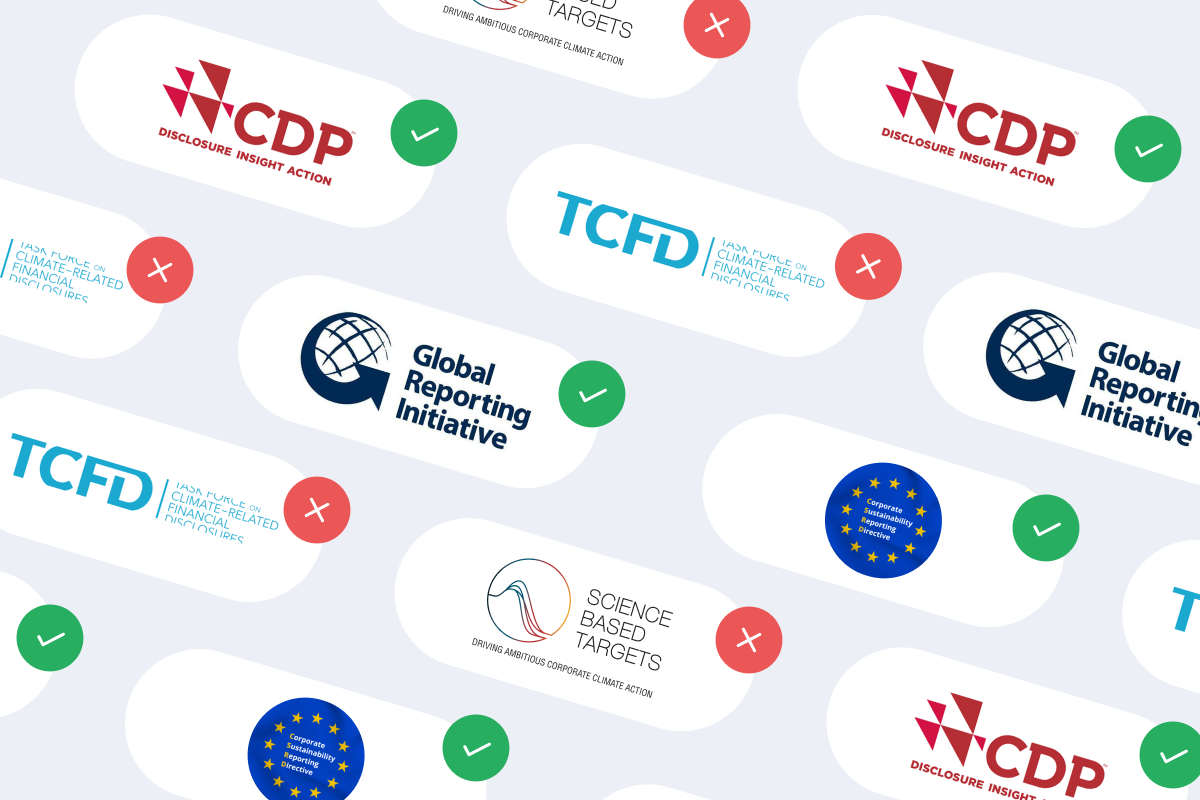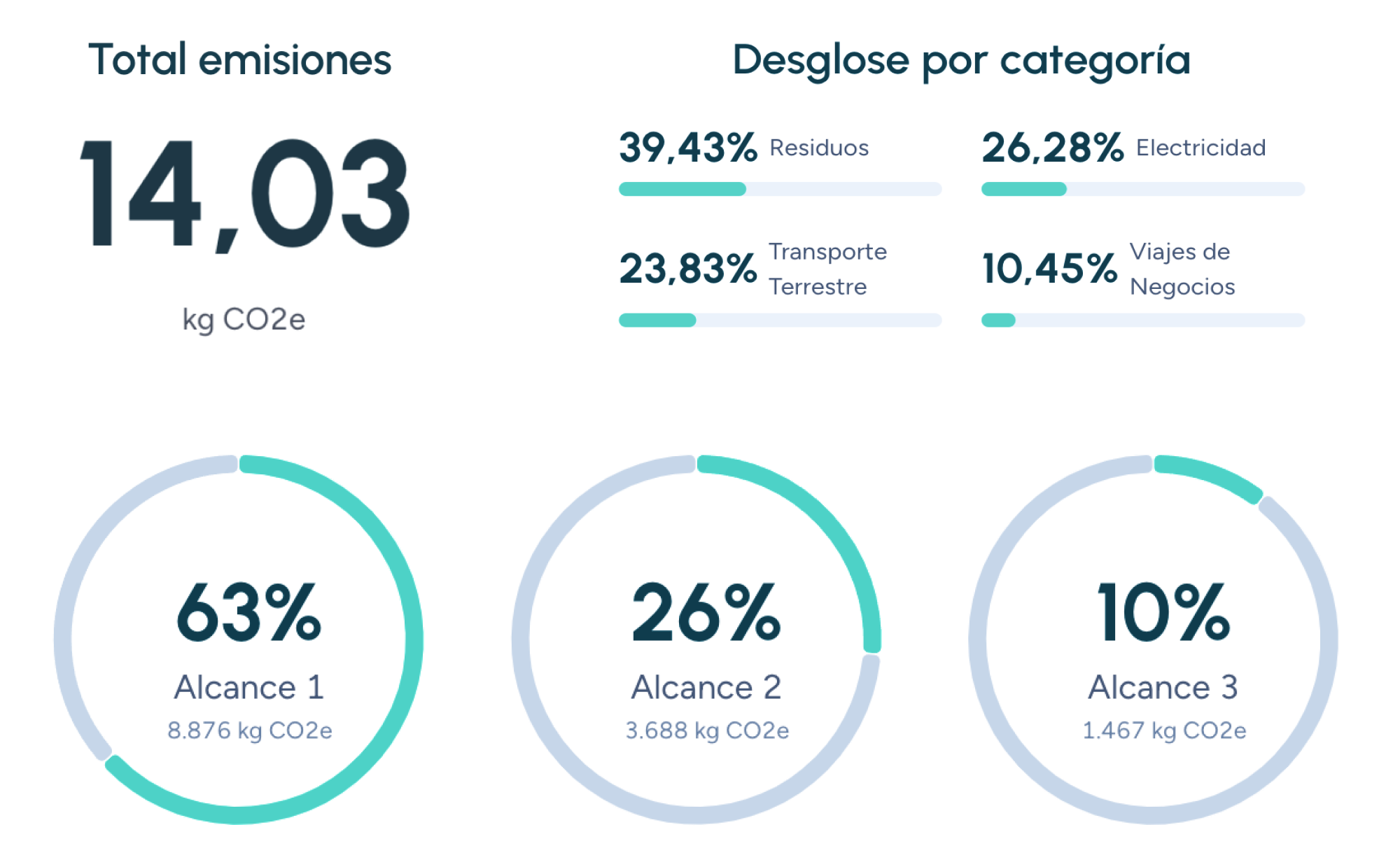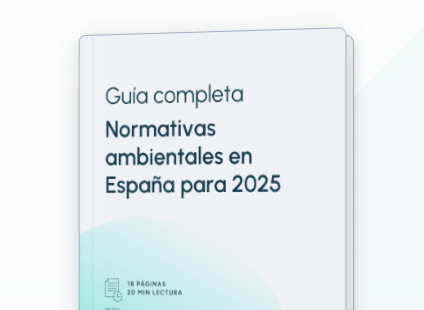Back to the blog
Legislation and regulation
ISO 14025: A guide to environmental declarations
Carolina Skarupa
Product Carbon Footprint Analyst
In a marketplace increasingly sensitive to environmental concerns, companies need robust ways to communicate product sustainability.
ISO 14025—part of the ISO 14000 family—provides guidelines for creating Type III environmental declarations, enabling businesses to present credible, transparent data about a product’s life cycle impacts.
This article examines how ISO 14025 works, its benefits for corporate sustainability, and best practices for implementation.
What is ISO 14025?
ISO 14025 outlines principles and procedures for developing Type III environmental declarations, also known as Environmental Product Declarations (EPDs). These declarations offer quantified environmental data (e.g., carbon footprint, water usage, waste generation), based on life cycle assessments (LCAs). Unlike marketing labels that may emphasize a single attribute, EPDs provide multi-criteria information, giving stakeholders a holistic view of a product’s ecological impacts.
Core elements of ISO 14025
- Transparency: Ensures all data is presented in a clear, unbiased manner, including study boundaries, data sources, and assumptions.
- Comparability: Follows standardized Product Category Rules (PCRs) to allow meaningful comparisons between similar products.
- Life cycle perspective: Requires an LCA covering stages from raw material extraction to end-of-life disposal or recycling.
- Verification: Involves independent auditing to validate the accuracy and credibility of the data.
Why ISO 14025 matters for businesses
- Market differentiation: Products with an EPD can stand out in B2B and B2C markets where sustainability criteria influence buying decisions.
- Regulatory compliance: Some government procurement policies and green building standards (e.g., LEED) increasingly favor products with third-party verified EPDs.
- Risk management: A rigorous LCA reveals hotspots—areas with the largest environmental impacts—guiding targeted improvements and risk mitigation.
- Stakeholder trust: Transparent declarations build credibility with investors, regulators, and consumers seeking authentic sustainability.
Developing an environmental product declaration
1. Conduct a Life Cycle Assessment
Follow ISO 14040 and ISO 14044 to gather data on energy use, raw materials, emissions, and waste for each life cycle stage. Define the scope (cradle-to-gate or cradle-to-grave) and functional unit clearly.
2. Identify Relevant Product Category Rules (PCRs)
PCRs specify how to perform the LCA and what indicators to report, ensuring consistency across EPDs for similar product types (e.g., concrete, textiles, packaging).
3. Compile the declaration
Present quantitative results, including global warming potential, acidification potential, resource depletion, and other environmental impacts defined by the PCR.
4. Verification and registration
Engage an accredited EPD Program Operator to review and verify your EPD. After approval, the EPD is published in a registry, making it accessible to stakeholders.
Key metrics in an EPD
- Global Warming Potential (GWP): Measured in CO2-equivalents.
- Eutrophication potential: Indicates nutrient runoff leading to algae blooms in water bodies.
- Ozone depletion potential: Reflects emissions of ozone-depleting substances.
- Photochemical Ozone Creation Potential (POCP): Assesses smog-forming substances like VOCs and NOx.
- Resource depletion: Tracks usage of non-renewable resources, from fossil fuels to metals and minerals.
Sectors embracing ISO 14025
- Building and construction: EPDs are increasingly a requirement in LEED, BREEAM, and other green building rating systems.
- Furniture and interiors: Large procurement contracts often specify EPDs for office equipment and furnishings.
- Electronics: As technology companies race to reduce their carbon footprints, EPDs help communicate progress to consumers and regulators.
- Packaging: Major retailers encourage suppliers to validate sustainable packaging claims through EPDs.
Challenges to implementation
- Data collection: Gathering reliable, up-to-date inputs across complex global supply chains can be time-consuming.
- Cost and expertise: Conducting an LCA and preparing an EPD requires specialized skills and sometimes significant financial investment.
- Evolving standards: PCRs differ across regions, and new guidelines may emerge, necessitating frequent updates.
- Comparability limits: Even with PCRs, variations in product functionality or performance can limit direct comparisons.
Best practices
- Start small: Pilot the EPD process with a flagship product or a key market segment to build internal expertise.
- Use digital tools: Employ LCA software like GaBi or SimaPro to streamline data analysis and scenario testing.
- Engage suppliers early: Collaboration with upstream partners ensures accurate data on raw materials and transportation.
- Communicate benefits: Clearly explain to customers, investors, and employees why EPDs matter and how they support continuous improvement in sustainability.
Future outlook
As circular economy principles gain traction, EPDs may expand to include metrics on product durability, recyclability, and recycled content. Moreover, digital innovations—like blockchain—could automate the verification process, improving real-time transparency and trust.
Rising consumer awareness and government mandates suggest that EPDs—and the ISO 14025 framework underpinning them—will play an even larger role in shaping sustainable product markets.
ISO 14025: a standardized methodology for issuing Environmental Product Declarations
ISO 14025 provides companies with a standardized methodology for issuing Environmental Product Declarations, showcasing verifiable, cradle-to-grave data on a product’s environmental impacts. This transparency not only meets regulatory and market demands but also drives internal improvements by identifying key areas for sustainability innovation.
In an economy increasingly defined by climate awareness and eco-friendly solutions, ISO 14025 stands as a reliable benchmark for companies striving to excel in environmental stewardship.
Carolina Skarupa
Product Carbon Footprint Analyst
About the author
Graduated in Industrial Engineering and Management from the Karlsruhe Institute of Technology, with a master’s degree in Environmental Management and Conservation from the University of Cádiz. I'm a Product Carbon Footprint Analyst at Manglai, advising clients on measuring their carbon footprint. I specialize in developing programs aimed at the Sustainable Development Goals for companies. My commitment to environmental preservation is key to the implementation of action plans within the corporate sector.
Content
Companies that trust us

CSRD for SMEs: How cascading regulation will impact your supply chain in 2025
Discover how the CSRD will affect SMEs through the supply chain in 2025—and how to get ready to comply.
22 October, 2025
B Corp Certification in Spain: Cost-Benefit Analysis and the Path to Impact
We analyze B Corp certification in Spain: costs, real benefits, and the steps to obtain the seal that drives sustainability.
06 October, 2025
GHG Protocol vs. ISO 14064-1: Which Standard Should You Choose for Your Emissions Inventory?
Discover the differences between the GHG Protocol and ISO 14064-1 and choose the ideal standard for your emissions inventory and the MITECO.
01 October, 2025
Guiding businesses towards net-zero emissions through AI-driven solutions.
© 2025 Manglai. All rights reserved
Política de Privacidad


